Painting is poetry that is seen rather than felt, and poetry is painting that is felt rather than seen
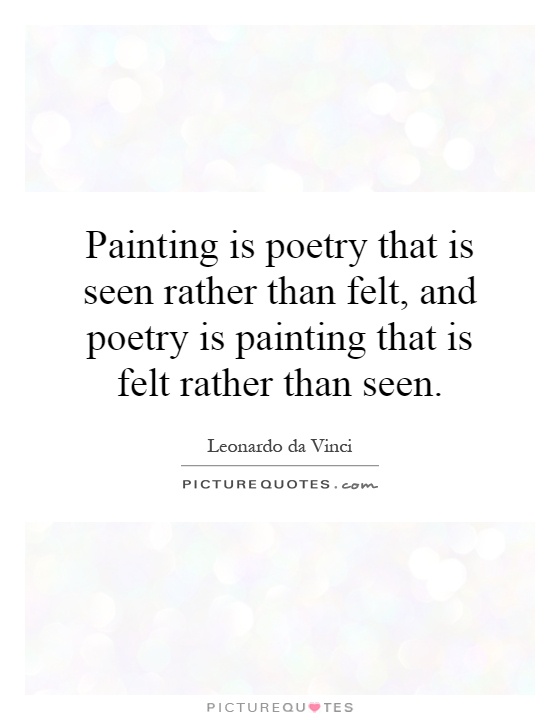
Painting is poetry that is seen rather than felt, and poetry is painting that is felt rather than seen
Leonardo da Vinci, the renowned Italian artist, scientist, and inventor, is often considered a true Renaissance man due to his diverse talents and interests. His works of art, including the iconic Mona Lisa and The Last Supper, have left a lasting impact on the world of art and continue to inspire artists and art enthusiasts alike. Da Vinci's unique ability to blend the worlds of painting and poetry is evident in his masterpieces, which are not only visually stunning but also evoke deep emotions and contemplation.The quote "Painting is poetry that is seen rather than felt, and poetry is painting that is felt rather than seen" perfectly encapsulates da Vinci's approach to art. His paintings are not merely static images but rather living, breathing works of art that convey a sense of emotion and depth. The Mona Lisa, for example, is often described as having a mysterious and enigmatic smile that seems to change depending on the viewer's perspective. This ability to evoke emotion and engage the viewer on a deeper level is what sets da Vinci's paintings apart from others of his time.
Similarly, da Vinci's interest in poetry and literature is evident in his notebooks, where he often wrote down his thoughts and observations in the form of poems and prose. His writings reveal a deep appreciation for the natural world and a keen sense of curiosity about the human experience. This poetic sensibility is reflected in his paintings, which often depict scenes of nature and humanity with a sense of beauty and grace.
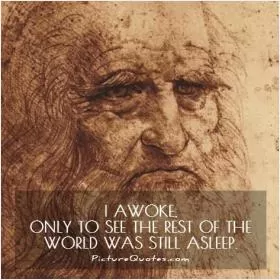

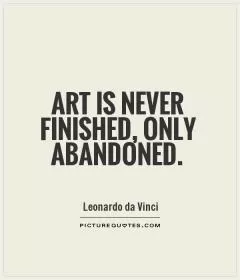

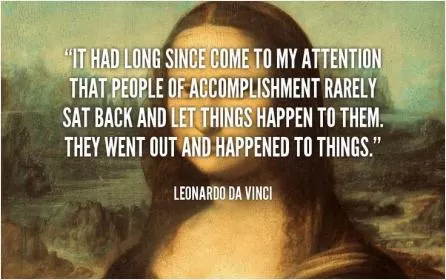



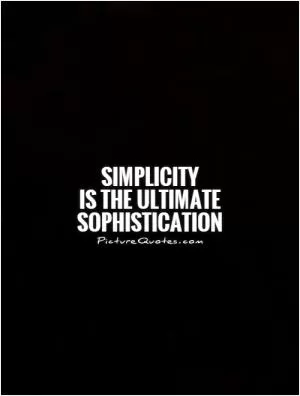



 Friendship Quotes
Friendship Quotes Love Quotes
Love Quotes Life Quotes
Life Quotes Funny Quotes
Funny Quotes Motivational Quotes
Motivational Quotes Inspirational Quotes
Inspirational Quotes